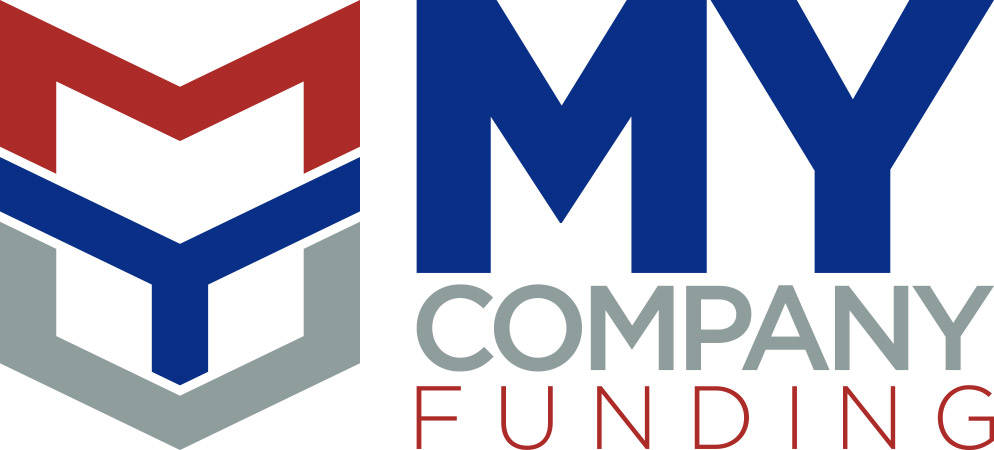
No matter how busy you are when business is booming, if you have a seasonal business, it’s crucial that you plan for and budget for the off-season. Understanding the ebb and flow of business includes having a plan for keeping good cash flow, reducing expenses and exploring new business opportunities to
boost business during the troughs.
Seasonal Budget Planning for Downtime
Start by creating a list of your fixed costs. These are the costs to keep your business open even when it’s slow. Examples include the following:
- Monthly lease or rent payments
- Utilities
- Taxes
- Insurance
- Payroll
- Commercial loan or credit card payments
Your financial statements from previous years can help you budget for these costs. Your income statement should break out major costs to provide visibility into these line items. You can review the current year’s budget to help ensure that you have enough cash to get through the slow season. If necessary, tweak these documents to help you prepare for slower periods.
Many businesses add the total costs for the year and divide by 12 to get a consistent estimate per month.
Check Your Accounting Statements
Prepare your books by projecting a few months out at a time. This gives you a good idea of whether you face a financial shortfall. The more warning you have, the faster you can adjust and prepare.
Cut Back on Nonessential Expenses
Take a close look at where you can cut back without impacting your sales or customer service experience. You can reduce hours and overhead and postpone large purchases such as equipment, for example. If you need the equipment to expand your business, consider
equipment financing rather than buying it.
Small Business Loans
There opportunities for small businesses to enhance their cash flow during slow periods. Your business may need a long-term cash infusion or a short-term financing to keep the business afloat through the rough patches. Typically, businesses that face seasonality just need short-term funds until business peaks again. Consider two factors before deciding on which financing option to apply for. First, what do you think your business will qualify for? Second, what terms do you need?
Don’t assume you can’t get financing if you’re business has a low credit score. You have more options than you think.
Line Up Working Capital Early
Stagger working capital financing so that you have the cash you need well in advance of the expected downturn. Keeping working capital in reserve prevents disruptions of vital services that keep your business going. If you miss a rent payment, you risk a lease violation that can cost you even more money in late fees, for example.

Budgeting for Seasonality
Consider expanding your business lines to generate more income during slow seasons. For example, if you own a sports bar, business peaks and lulls with the start and end of major league sports. Consider offering delivery specials to boost sales when business dies down. This and other innovative ways to drum up business decrease your reliance on seasonal financing sources.
Funding Working Capital Needs
Sometimes, businesses need to reach out for help when things are slow. MY Company Funding offers
working capital loans and equipment financing to help you get through the slow times and ramp up when business returns to normal.
Contact MY Company Funding today for more information or to apply for financing opportunities.

